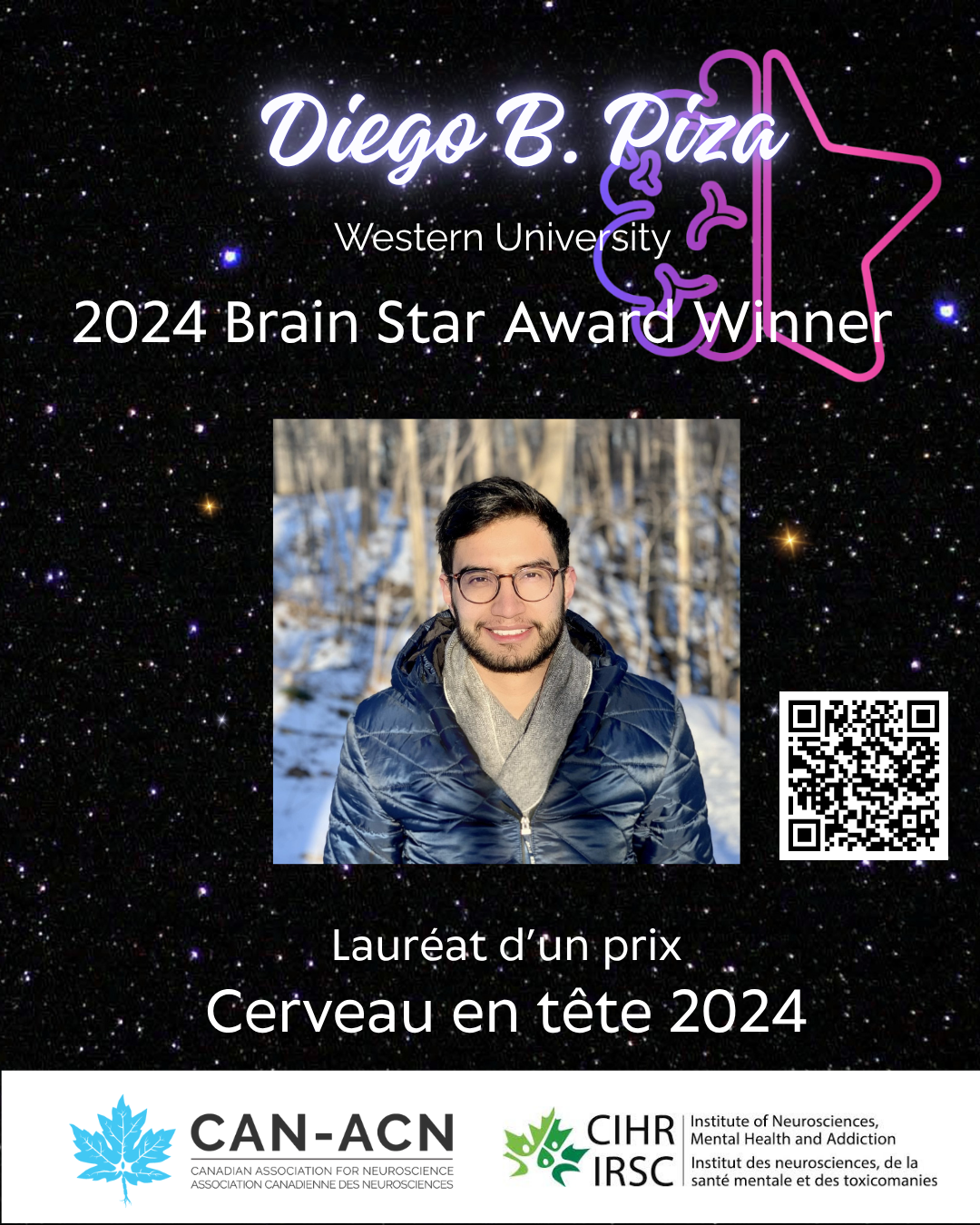Better understanding the role of vision in the brain’s representation of space by studying freely moving primates
The hippocampus is a structure of the mammalian brain that has been implicated in spatial memory and navigation. Its role has been primarily studied in nocturnal mammals, such as rats, that lack many adaptations for daylight vision. Here, Diego B. Piza, working in the laboratory of Julio Martinez-Trujillo at Western University, demonstrates that during 3D navigation, the common marmoset, a New World primate adapted to daylight, uses different exploration–navigation strategies compared to rats. He further shows that maps of space in the marmoset brain depend on vision-related cues and object relationships used as landmarks for navigation. It is likely that similar encoding mechanisms exist in other diurnal mammals, including humans.
To explore their environment, marmosets predominantly use rapid head-gaze shifts for visual exploration while remaining stationary. During active movement, marmosets stabilize their head, in contrast to rats, who use low-speed head movements to scan the environment as they locomote. This work suggests that spatial memory in primates may rely on anchoring sequences of views to specific places, providing a unique mechanism for encoding spatial experiences.
This publication represents a major technical and conceptual achievement in neuroscience.
Read the full story: https://can-acn.org/brain-star-award-winner-diego-b-piza/
Article citation
Piza, D.B., Corrigan, B.W., Gulli, R.A., Do Carmo, S., Cuello, A.C., Muller, L., Martinez-Trujillo, J. Primacy of vision shapes behavioral strategies and neural substrates of spatial navigation in marmoset hippocampus. Nat Commun 15, 4053 (2024). https://doi.org/10.1038/s41467-024-48374-2

